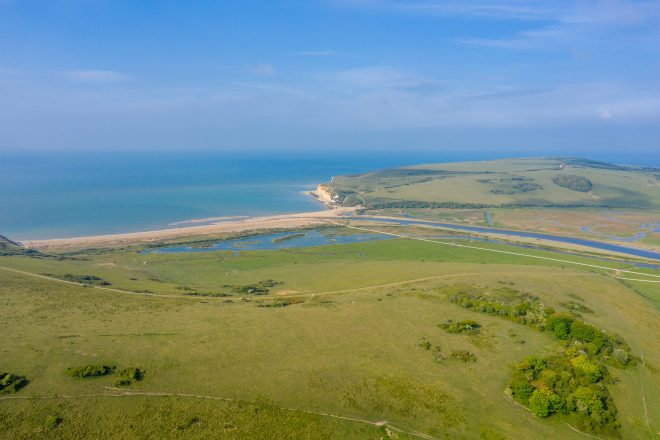Celebrate World Wetlands Day on 2 February in South Downs National Park
January 24, 2024
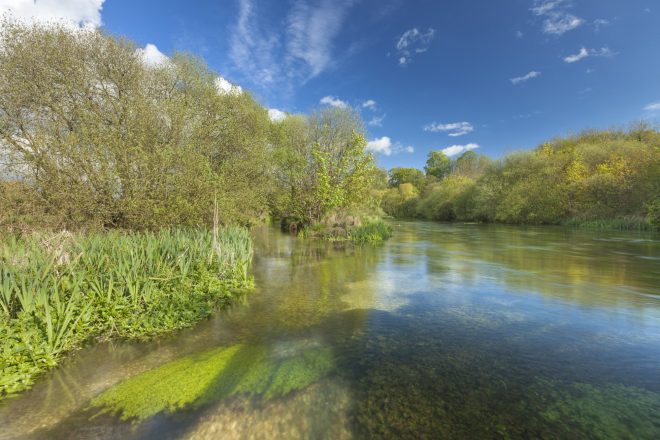
Wetlands are some of the most interesting and valuable ecosystems on the planet.
And we’re lucky to have so many on our doorstep.
The South Downs National Park, dissected by seven major rivers, a network of streams and an iconic coastal border around the Seven Sisters cliffs and Cuckmere Haven, is a sanctuary for wetland wildlife.
A wetland is simply a place where the land is covered by water, either salt, fresh, or somewhere in between.
The National Park has a huge variety of aqueous areas, including rivers, chalk streams, floodplains, marshes, bogs, lakes, reedbeds, ponds, canals, wet woodland and wet grassland.
As well as being oases for flora and fauna, their carbon-capturing abilities pack a big punch. Wetlands can store 50 times more carbon than rainforests, helping to keep the heat-trapping gas that contributes to climate change out of the atmosphere.
Sadly, 87% of the world’s wetlands have been lost over the past 300 years, so it’s vital that we all help protect the fragile habitats that remain.
This year’s theme for World Wetlands Day is ‘wetlands and human beings’, so it’s a great excuse to connect with nature and visit one of the many watery lands in the National Park.
Wetlands truly are a theatre of nature, not least for birds and the hundreds of twitchers who come out every year to catch a glimpse of them wading, flying, diving or showing off their flamboyant courtship displays.
RSPB Pulborough Brooks, Amberley Wild Brooks Nature Reserve, Arundel WWT Wetland Centre and Cuckmere Haven, in particular, all provide wonderful birdwatching opportunities.
The Wildfowl and Wetlands Trust (WWT) are encouraging more people to get outside and experience the mood-lifting effects of wetlands with their friends and family.
Over the World Wetlands Day weekend (2-4 February 2024) visit Arundel WWT in the South Downs National Park (or any of the national WWT centres) as a member or paying visitor and you can bring a friend for free.
Ranger Tim Squire, a keen birder and photographer, shares some of his favourite wetland birds to look out for in the National Park…
Dunlin
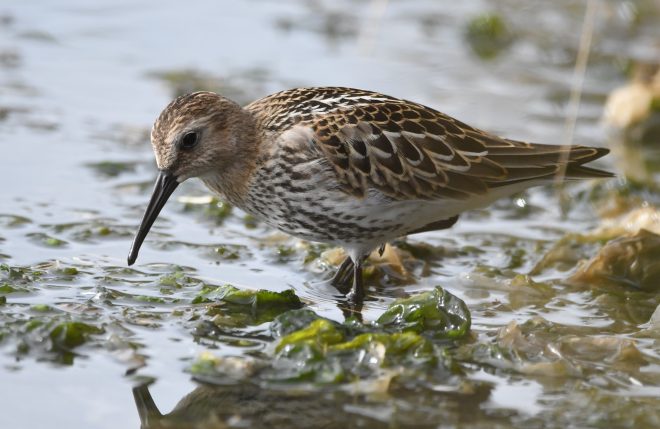
The dunlin is a small sandpiper, and enjoys the comparatively warmer climes of the south coast during the winter. It particularly likes estuaries and river basins, where it seeks out insects, worms and molluscs to eat.
In summer, small numbers of dunlin breed in the uplands of the UK but most will migrate all the way to the artic tundra to breed.
The Dunlin is unmistakeable in its summer plumage: adults are brick-red above, with a black belly patch.
Wigeon
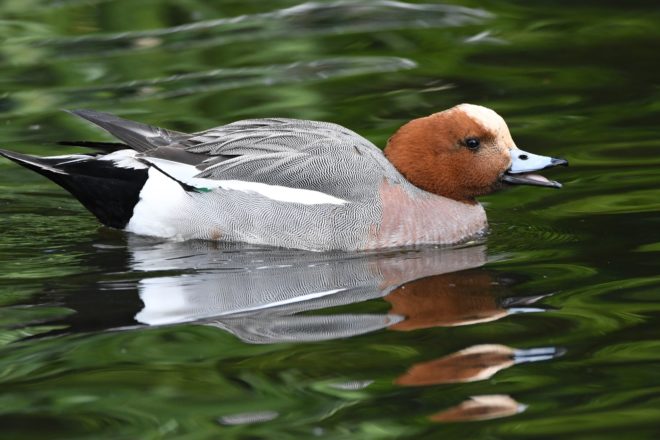
The wigeon is a colourful duck that can often be spotted wheeling round our winter skies in large flocks. A dabbling duck, it surface-feeds on plants and seeds in shallow waters.
Unlike most ducks whose quacks tend to be rather tuneless male wigeons have a far carrying, two-syllable whistle that sounds a bit like “wee-ooo”. The wigeon name partly imitates this tuneful call. Females have a harsher growl sounding voice.
Avocet
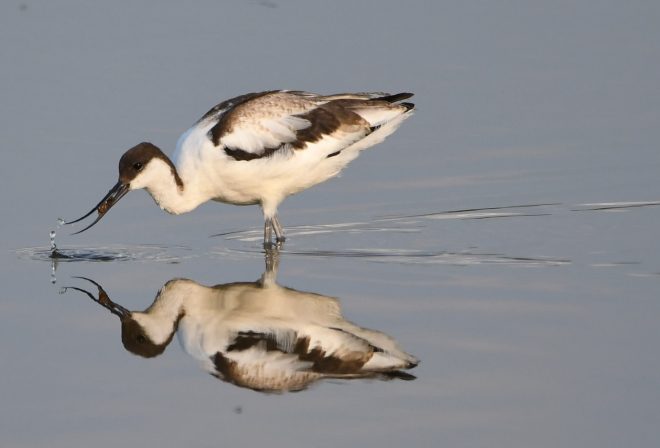
Once extinct from our shores, the Avocet colonised Britain when coastal marshes in East Anglia were flooded to provide a defence against possible invasion by the Germans. This Schedule 1 species is the emblem of the RSPB and symbolises the bird protection movement in the UK more than any other species.
Oystercatcher
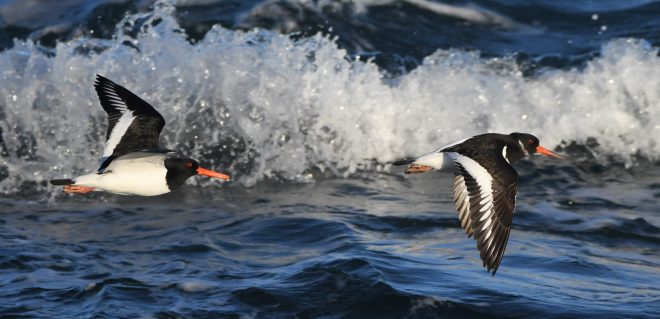
The oystercatcher is a large, stocky, black and white wading bird. Because it eats cockles, the population is vulnerable if cockle beds are overexploited. Although predominantly a coastal bird, during the last 50 years, more birds have started breeding inland.
Curlew
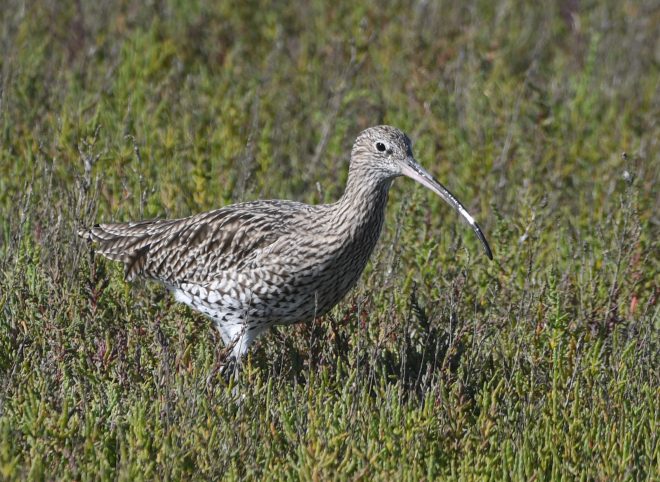
The curlew is the largest European wading bird, instantly recognisable by its long, downcurved bill, brown upperparts, long legs and evocative call. It loves to feed on worms, shellfish and shrimp.
How can you help?
- Give birds space – When birds are disturbed, they stop feeding or resting and may even fly away. If the birds cannot feed and rest undisturbed, they may not have enough energy to survive.
- Keep dogs under close control and on leads in areas where birds are nesting or feeding. During ground-nesting birds season, it’s best to stick to paths as you could unwittingly disturb a nest.
For more information on helping to protect coastal birds see https://birdaware.org/solent/the-coastal-code/
